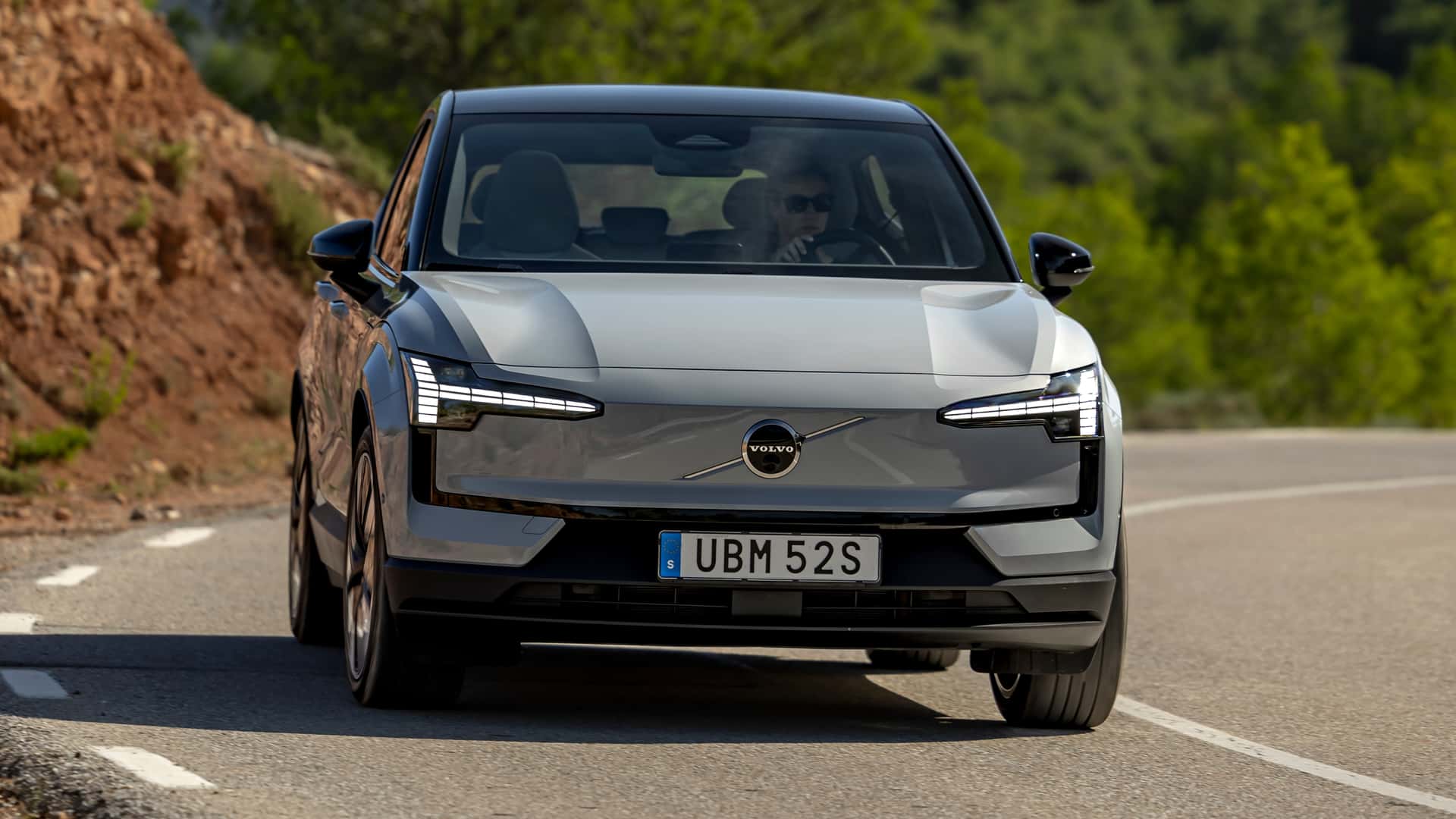Data from thousands of EVs shows the average daily driving distance is a small percentage of the EPA range of most EVs.
For years, range anxiety has been a major barrier to wider EV adoption in the U.S. It’s a common fear: imagine being in the middle of nowhere, with 5% juice remaining in your battery, and nowhere to charge. A nightmare nobody ever wants to experience, right? But a new study proves that in the real world, that’s a highly improbable scenario.
After analyzing information from 18,000 EVs across all 50 U.S. states, battery health and data start-up Recurrent found something we sort of knew but took for granted. The average distance Americans cover daily constitutes only a small percentage of what EVs are capable of covering thanks to modern-day battery and powertrain systems.
The study revealed that depending on the state, the average daily driving distance for EVs was between 20 and 45 miles, consuming only 8 to 16% of a battery’s EPA-rated range. Most EVs on sale today in the U.S. offer around 250 miles of range, and many models are capable of covering over 300 miles.



Sorry, I have designed complex 4 and 6 layer high speed FPGA boards, this BMS board looks moderately dense but not crazy, nor does it look like it’s dealing with high speed signaling.
Try dealing with RF or something, those PCBs are quite a bit crazier.
The models for the cells are implemented in software. You know what’s easy to update in place? software. You know what’s hard to update in place? Mechanical systems. That’s my point.
Then I’ll chalk it up to another FPGA programmer dissing Power Engineering and the complexities of handling of high voltage lines.
Lmao go for it, I deal with systems shoving kiloamps at multi-tens of kv around quickly, I’ll chalk it up to a small fry “power” electronics engineer not knowing better, as is customary for you so far.
GaN MOSFETs, because igbts are too slow, tech you, @[email protected], haven’t even gotten to touch yet. TeChNiCaL MaGiC in your parlance.
So you do touch BMS systems and understand that the hundreds or thousands of MOSFETs that control the electrical currents of a ten-thousand cell battery pack are arranged in systems of series and parallel … Running advanced modeling software that tries to peer into the internal chemistry of modern cells…
Yet you want to convince me that this is simpler than the like, 15 gears that make up Toyotas Powersplit Device?
In the long run, yes.
How do you account for tribological degradation in tolerances over time? There are techniques to negate the problem entirely, my 40+ year old Japanese motorcycle uses high-ish pressure hydrodynamic bearings to allow oil to be the “wear” surface… But it isn’t foolproof.
Newer techniques rely on better metallurgy, oil additives which precipitate on designated surfaces, etc etc etc. It’s one of those things you and I have both observed where the more you look at it, the more complex it gets.
Now change gears (haha) and observe the complexity of analog/digital systems. You and I front-load the complexity, so that any configuration changes should (mostly) be possible in software. “Oh no, we didn’t use this particular junction of p-n MOSFETs”… They added $3 to the BOM, but our flexibility/redundancy is increased.
Look, you should know as well as any EE that solid state systems, when run within parameters, have a tremendous unchanging mtbf. While there are currently issues with undersizing MOSFETs and igbts, I expect our engineering models (in our heads) of what to expect from these evolving electronic components to adapt to these new operating environs, the already reasonable reliability will only increase.
Failure of these packs and their bms’ are low enough that we can point to specific failures, versus how often we see someone with serious ICE engine issues in the local mechanic’s shop.